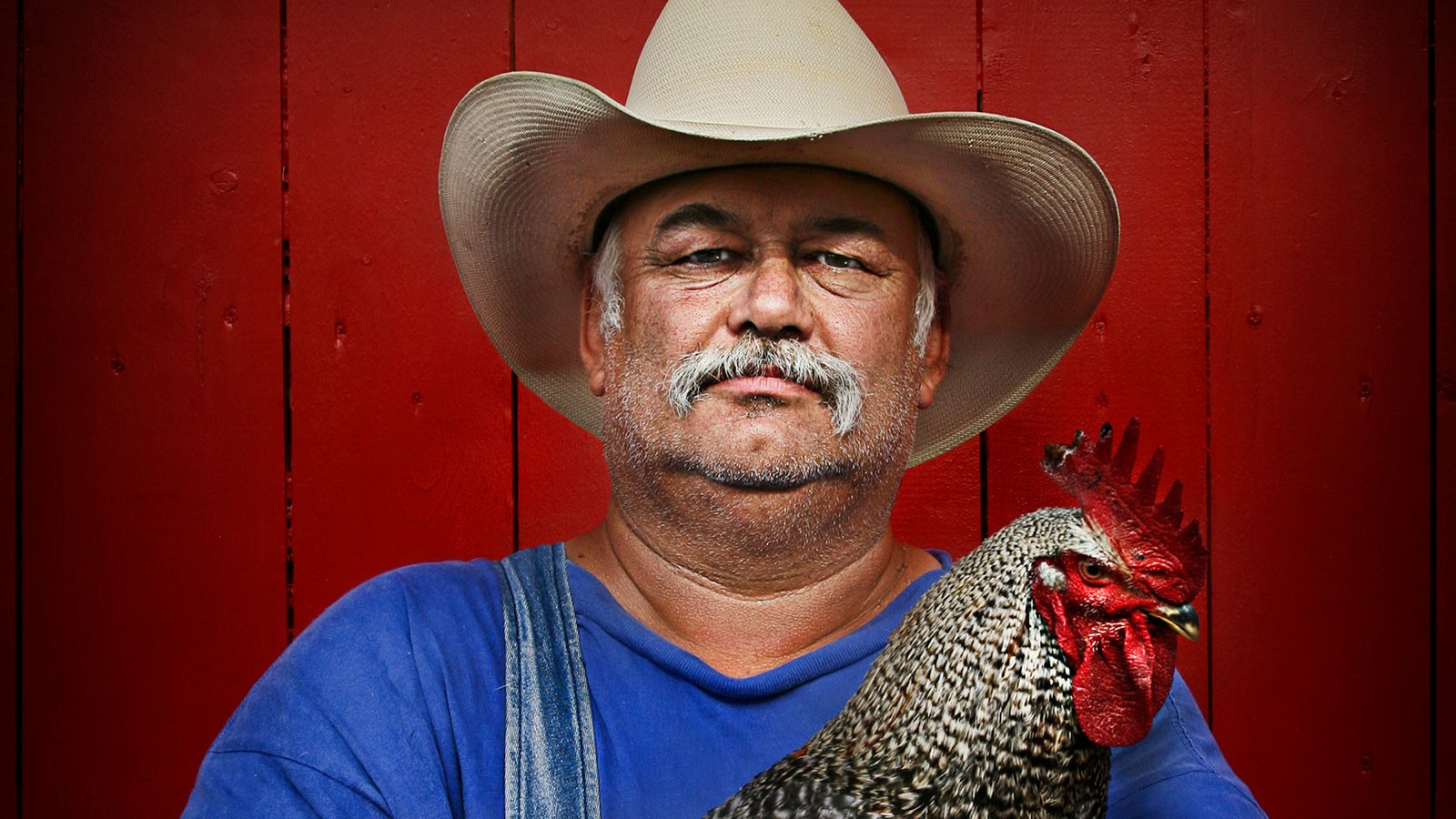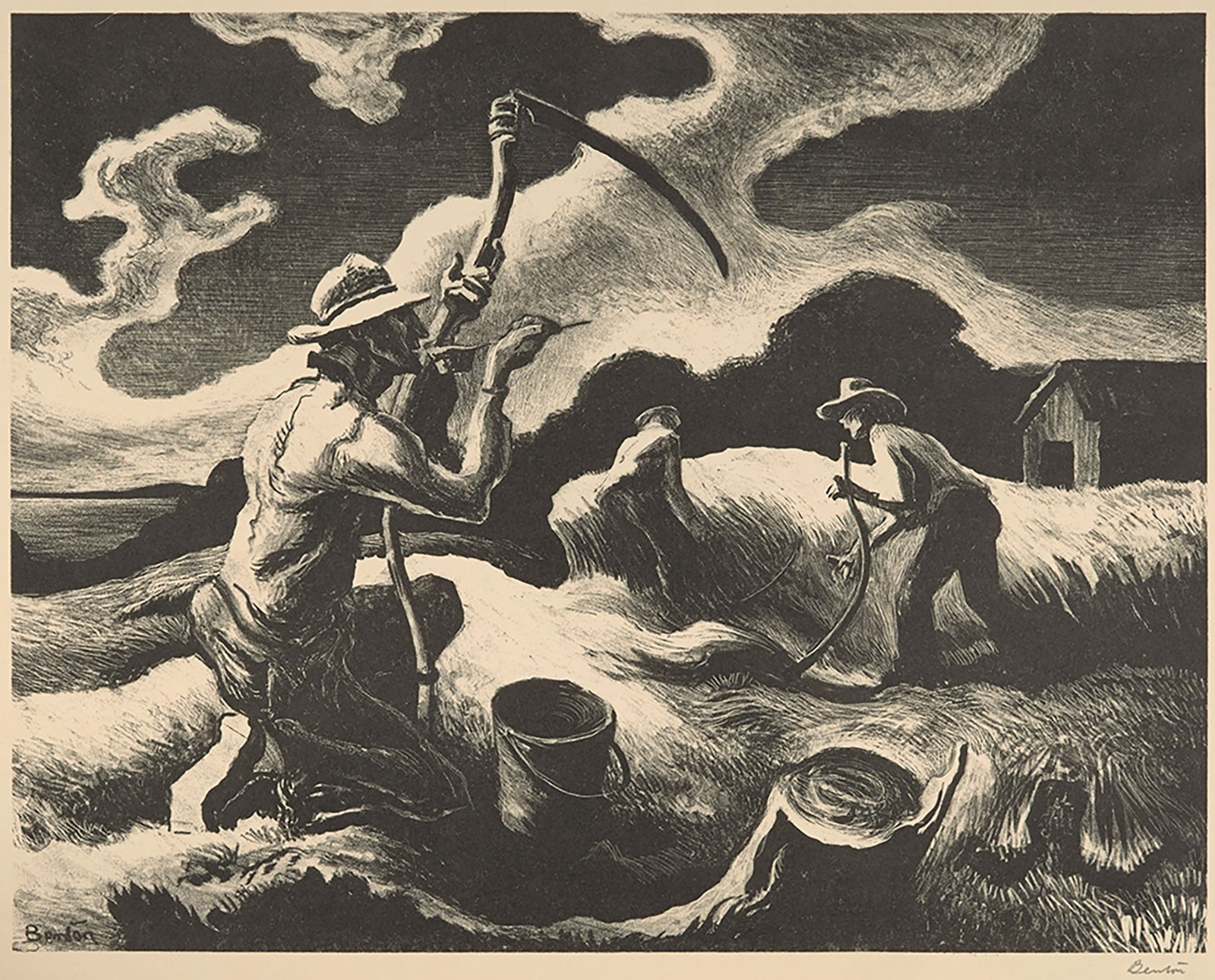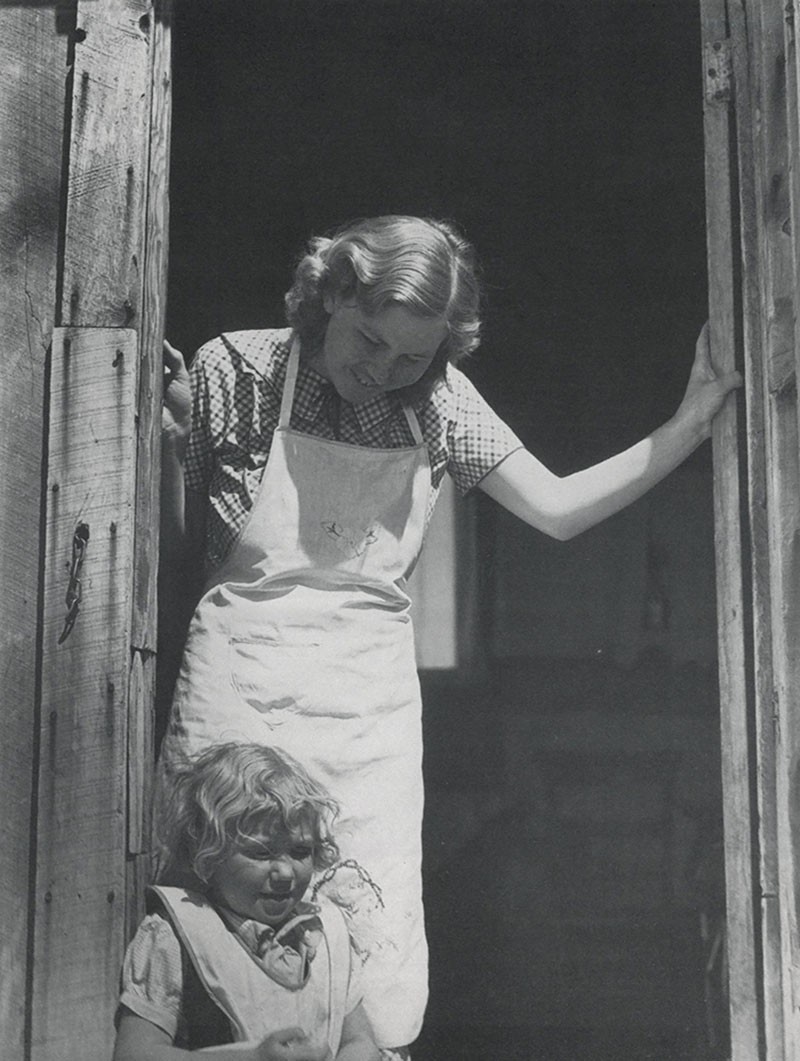NEHMA Opens Three New Exhibitions Focused on Farmers, Agriculture and the Land
By Phillip Brown |
Paul Mobley, "Dave Harris, Crane, Montana" (detail), 2006, 60 x 40 inches, Archival ink jet print, Courtesy of private collection.
Nora Eccles Harrison Museum of Art (NEHMA) at Utah State University is pleased to present a trio of new exhibitions focused on the faces and landscapes of agriculture. American Farmer, a traveling exhibition of portrait photographs, is complemented by two other exhibitions—Three Depression-Era Photographers in Utah and Barns, Cows, Tractors, Horses, Hay, and Farmers—that highlight works from the NEHMA collection.
All three exhibitions open Thursday, January 28 and run through May 25.
“Cache Valley has a long history with agriculture, which is, of course, why Utah State University was founded and is located here,” said Katie Lee-Koven, executive director and chief curator at NEHMA. “The two collection-based exhibitions embrace this part of Utah’s history through art ranging from documentary photographs to paintings, and the American Farmer exhibition shares stories and photographs of farmers from across the United States. I am very excited to bring together this set of exhibitions that speak to a tradition that is dear to our community and is also at the heart of this country.”
American Farmer
American Farmer celebrates the living spirit of our heartland through the faces and voices of the people who keep it alive. Featuring 45 color and black-and-white portraits taken by photographer Paul Mobley, this vivid portfolio is accompanied by anecdotes and memories in the farmers’ own words that offer a glimpse into the hardships and joys of a quickly disappearing way of life. Crisscrossing the country from Alaska to Florida, Mobley’s photographs show the geographic and cultural diversity of the American farmer.
Paul Mobley is an American photographer who has traveled the world to find the face of a thousand words. His first book, American Farmer: Portraits from the Heartland, was published in the fall of 2008 by Welcome Books and received the 2009 Western Heritage Award for Best Photography Book from the National Cowboy and Western Heritage Museum.
American Farmer was curated and organized by ExhibitsUSA, a program of Mid-America Arts Alliance.
Three Depression-Era Photographers in Utah
Dorothea Lange, Russell Lee and Arthur Rothstein are three photographers who were hired by the Farm Security Administration to document rural Utah in the late 1930s. The portraits of agricultural workers and their families and the land that they worked, provide a unique picture of Utah’s rural past.
Three Depression-Era Photographers in Utah is comprised of 34 photographs by Lange, Lee and Rothstein from the NEHMA collection. These photographs include imagery of Box Elder and Cache Counties as well as Escalante, Santa Clara, Washington and Widtsoe, Utah.
Barns, Cows, Tractors, Horses, Hay, and Farmers
Celebrating agriculture through art, Barns, Cows, Tractors, Horses, Hay, and Farmers focuses on paintings, prints and sculptures from the museum’s collection. While not traditionally thought of as subjects for art, farming and agricultural scenes can portray an intriguing story about nature and humanity. Instead of depicting landscapes devoid of human presence, these works of art reflect our imprint on the land in various ways.Also included in this exhibition is a timeline that marks the milestones of USU’s contributions to the development of agriculture in this country and elsewhere.
“Agriculture may seem like unusual subject matter for art, but there is great beauty in it, and I see it as the science that makes all kinds of creative endeavors possible,” said Ken White, vice president for USU Extension and dean of the College of Agriculture and Applied Sciences. “Agriculture fulfills basic human needs and people have more opportunities for important creative expression and to pursue all sorts of work when their survival doesn’t depend on them producing all of their own food, shelter and clothing. I look forward to visiting the museum this spring to see the exhibitions that celebrate some of the people, plants, animals and technologies that serve all of us.”
Visiting NEHMA
Please note that the museum has taken precautions to ensure a safe experience for all visitors and staff, including face masks, regular cleaning, encouraging social distance and limiting the total number of visitors to 25 people at a time. Visitors have the option to make a reservation for one-hour time slots in advance. To make a reservation, visit artmuseum.usu.edu/about/visit.
Visiting the museum is free of charge. Hours are Tuesday through Thursday, 10 a.m. to 5 p.m.; Friday from 10 a.m. to 7pm; and Saturday 10 a.m. to 3 p.m.
Free visitor parking is offered in the lot behind the Russell/Wanlass Performance Hall. For public transportation, ride the Cache Valley Transit routes 1, 4 or the green or blue Loop and get off at the Fine Arts stop.
Thomas Hart Benton, "Island Hay," 1945, Lithograph, 12 x 16 inches, Museum Permanent Collection.
Dorothea Lange, "Resettlement clients to be moved from Widtsoe area to farm in another county of Utah," 1936, Gelatin silver print, 14 x 11 inches, Gift of the Marie Eccles Caine Foundation.
WRITER
Phillip Brown
Public Relations Specialist
Nora Eccles Harrison Museum of Art
435-797-0227
phillip.brown@usu.edu
CONTACT
Phillip Brown
Public Relations Specialist
Nora Eccles Harrison Museum of Art
435-797-0227
phillip.brown@usu.edu
TOPICS
Community 444stories Arts 236stories Exhibitions 126stories Logan 97storiesComments and questions regarding this article may be directed to the contact person listed on this page.











